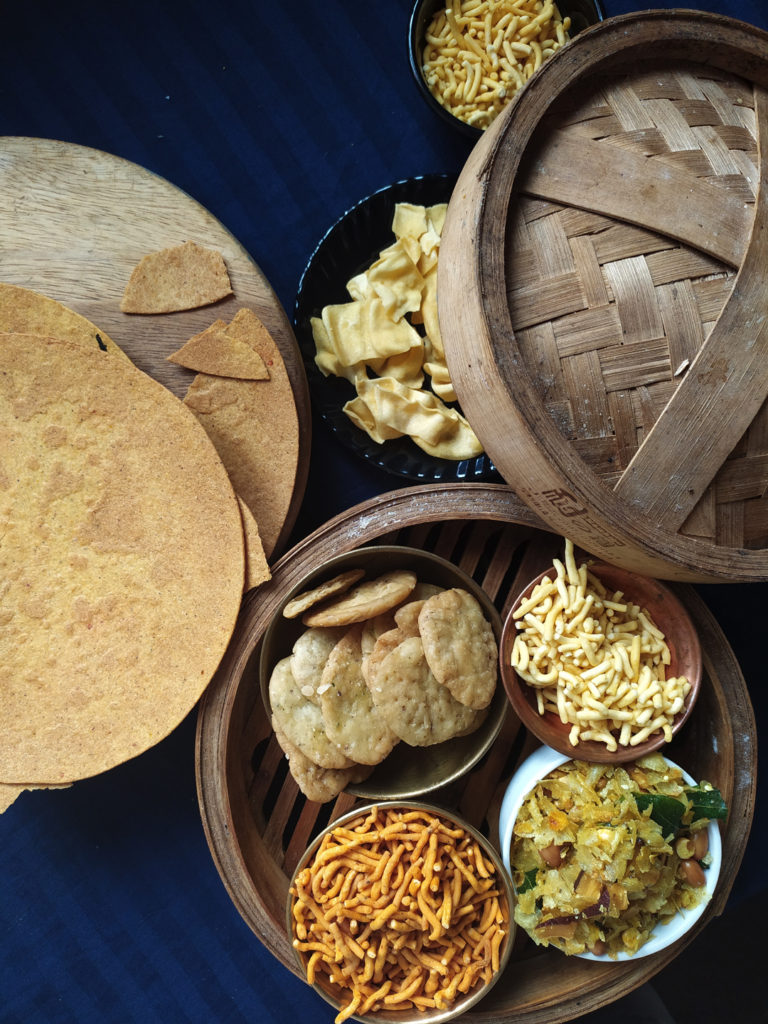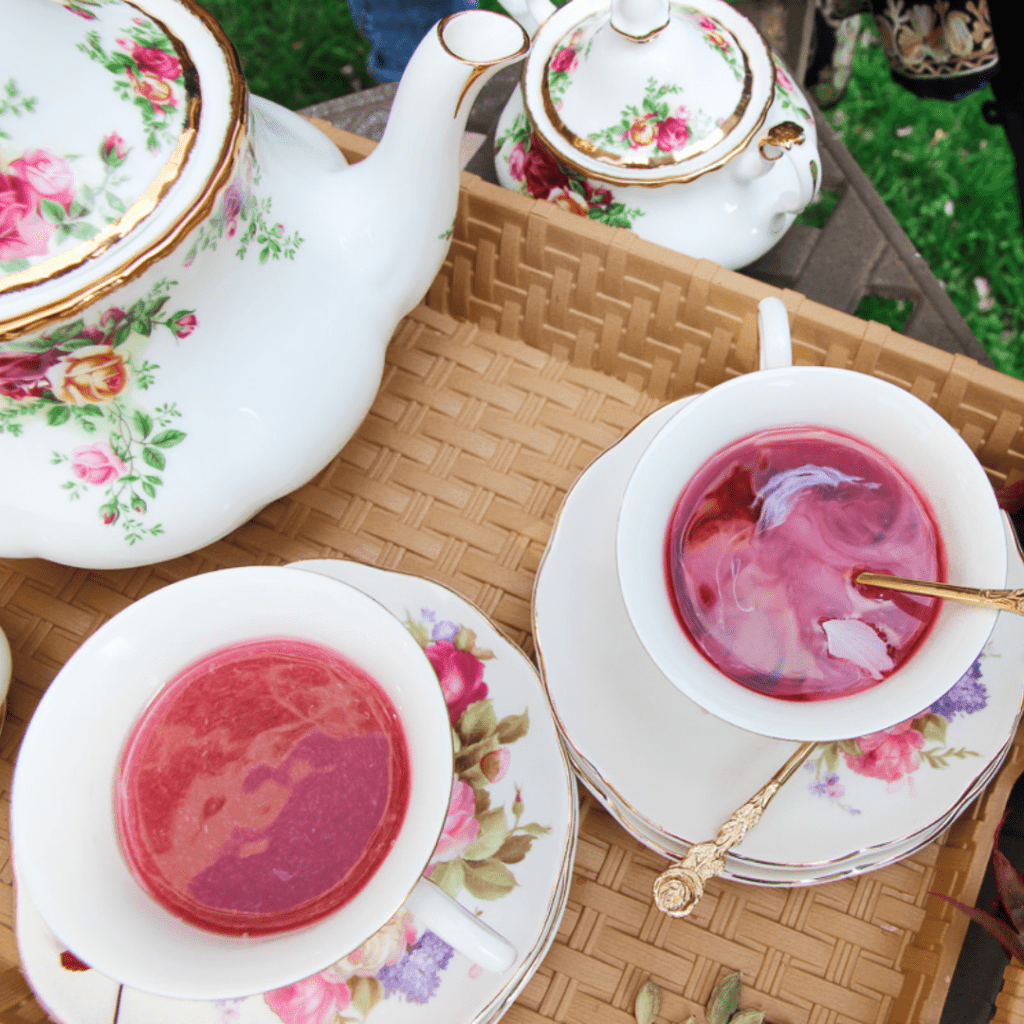Less celebrated Indian Desserts
Confection plays an integral role in Indian cuisine. Hardly there is any meal that concludes without desserts on the table. India being a land of festivals owns a myriad range of desserts in its cookbook. Here we bring in some of the less celebrated Indian Desserts;

- Kulkuls: A quintessential Goan confectionary that adorns the households with its aroma during Christmas. These flaky and crispy curls are utterly mouth-watering with their beautiful texture and flavors.
- Kakara Pitha: Holding up the intricacy of the Indian Cuisine, Kakara Pitha marks the essence of every Odia festival. Crispy on the exterior and gooey interior, Kakara Pitha is the perfect complement for your sweet tooth.
- Phuklein: Phuklein is a true treat from the sub-burbs of Meghalaya. This delightful patty beholds the sweetness of Jaggery thus making a great pair with a cup of tea.
- Kharwas: Kharwas is a mouth-watering Maharashtrians milk pudding that is a boon for all the confectionery buffs. Made from colostrum milk, this dessert vouches for a flavorsome affair!
- Holige: A festive special, Hoilge has emerged from the beauty of Karnataka. Stuffed with the goodness of dry fruits, Holige is a classic Indian dessert.
- Shufta: Besides the scenic beauty, Kashmir also beholds the luscious Shufta. An amalgamation of virtuous dry fruits, spices, and sugar syrup makes this dessert a heavenly experience!
Indian cuisine beholds a mélange of confectioneries however, the traditional desserts are still preserved in the local regions. These lesser-known Indian desserts are the true heritage of our cuisine, aren’t they?










